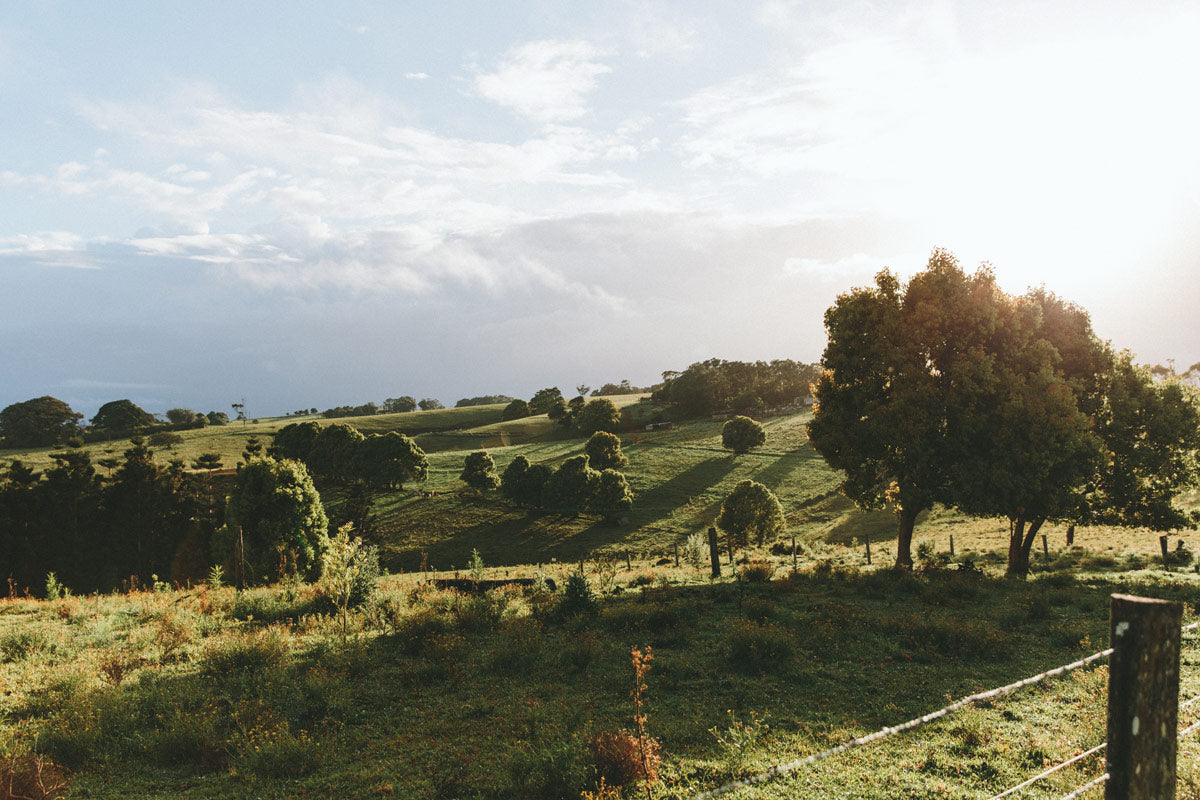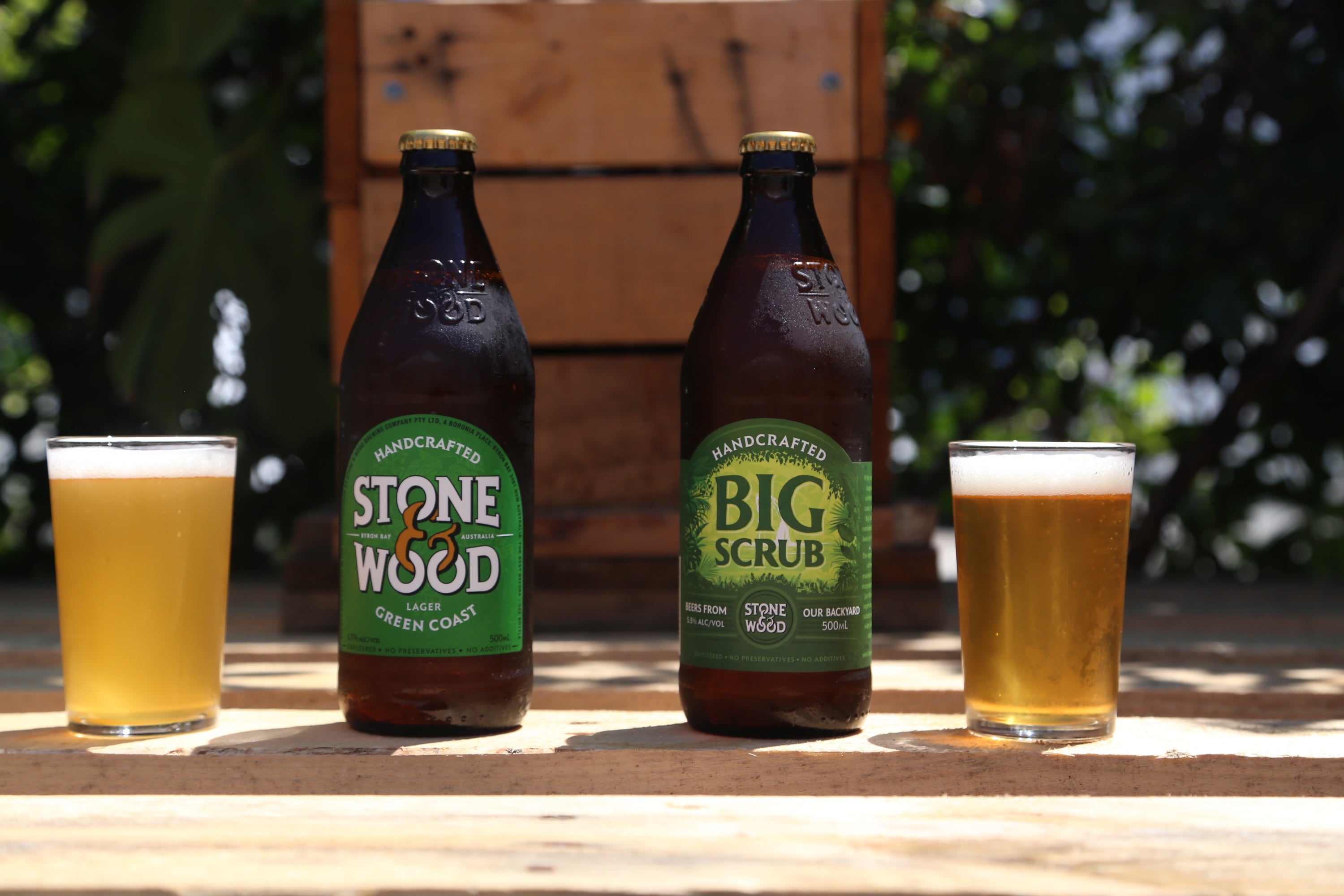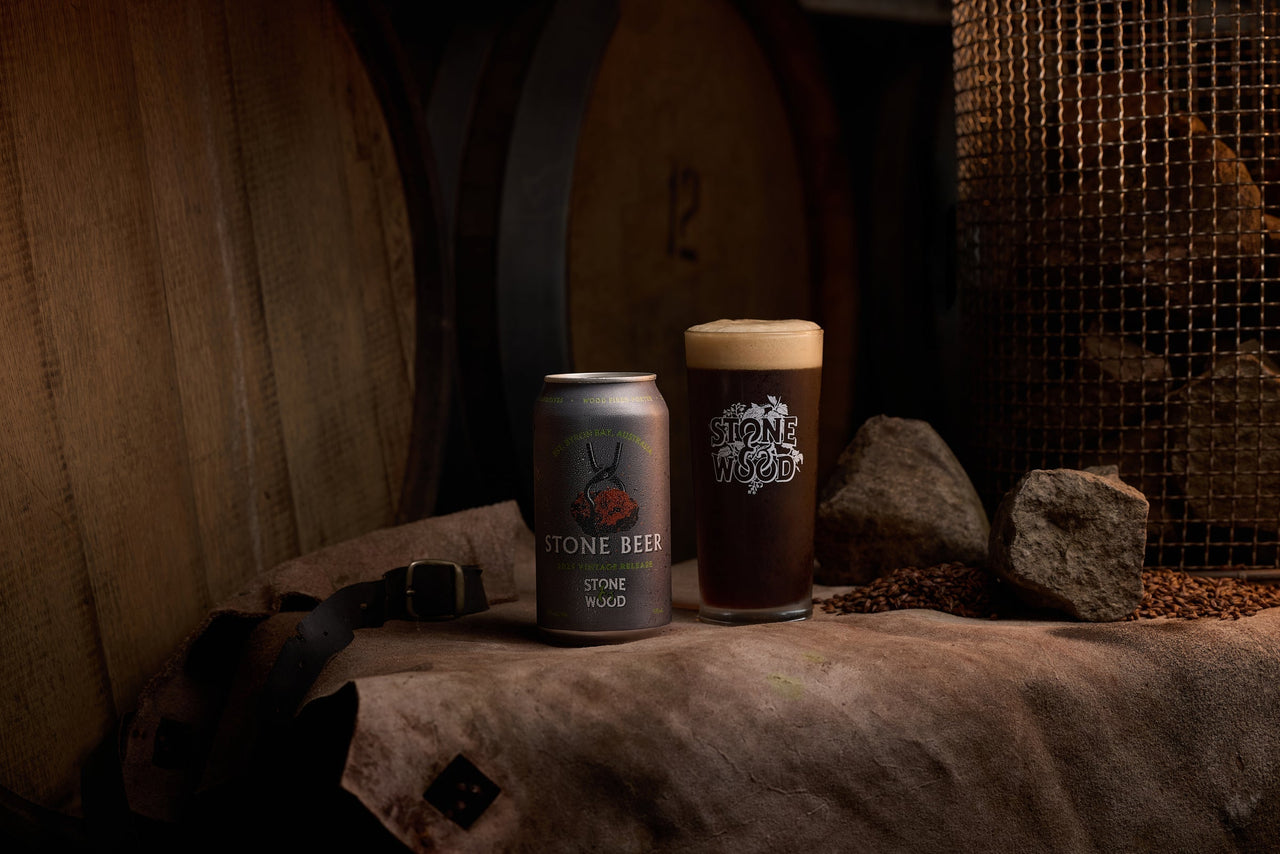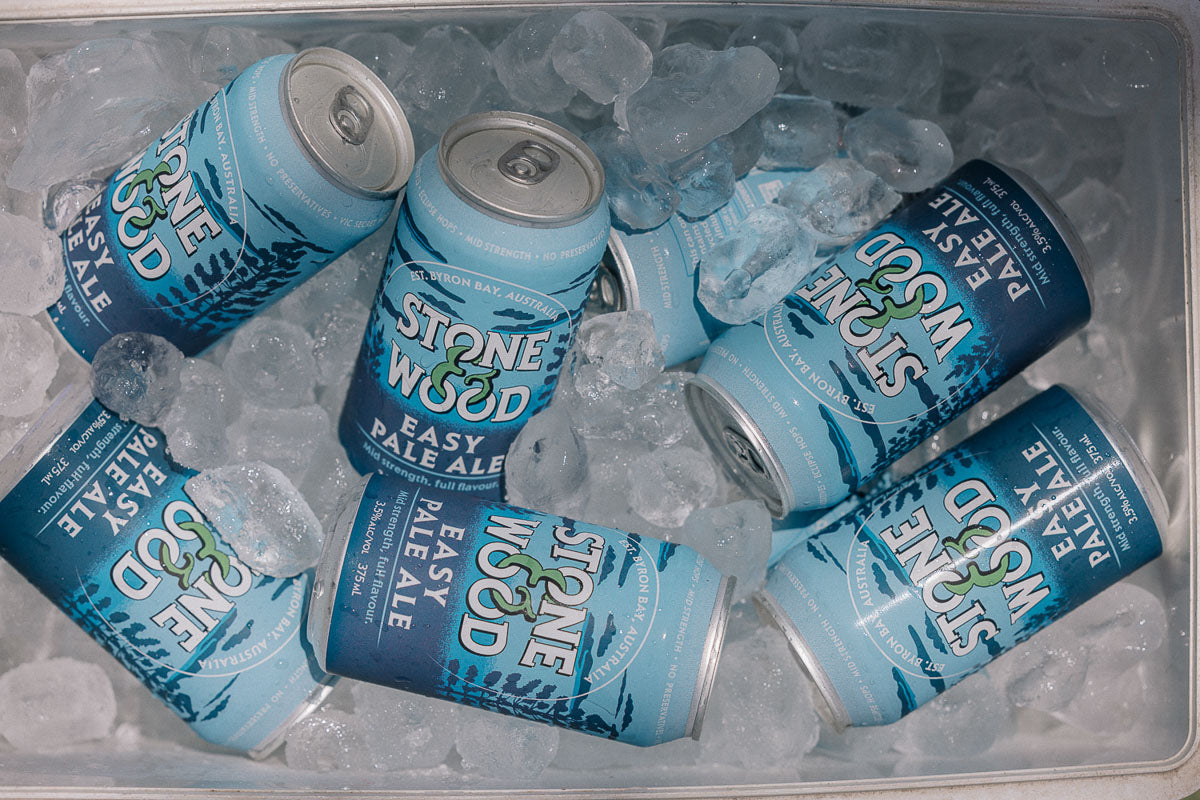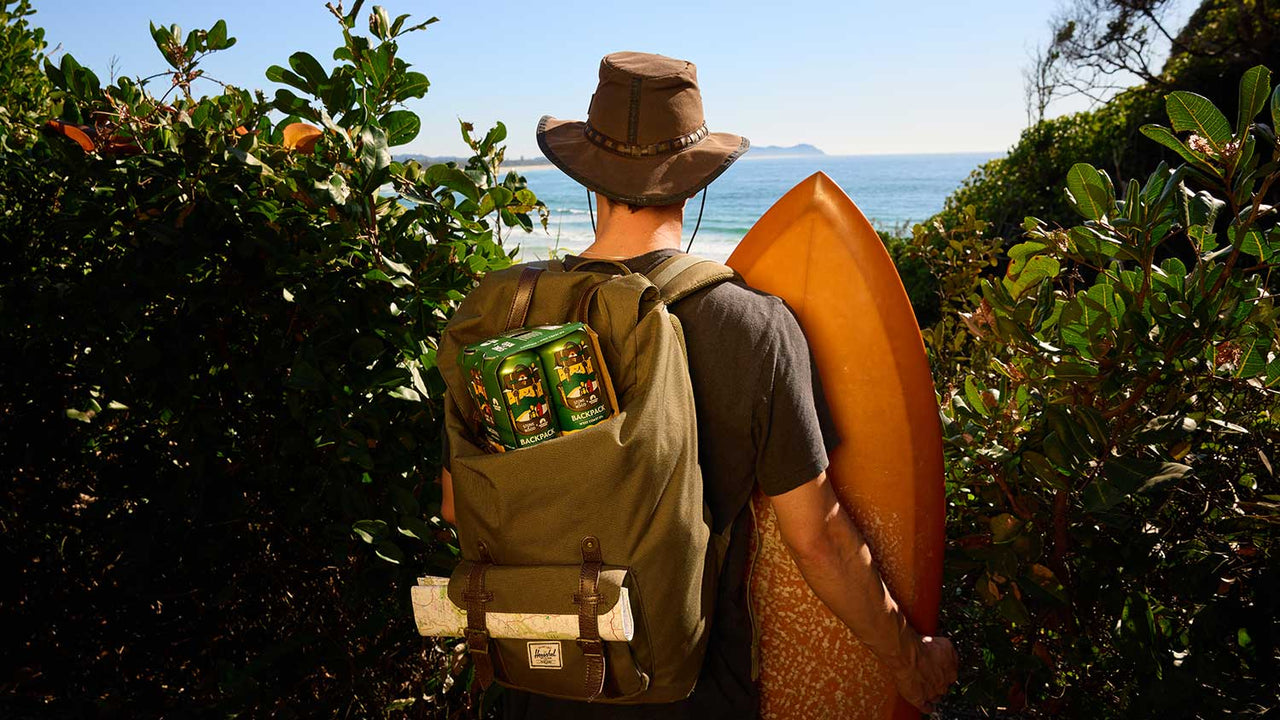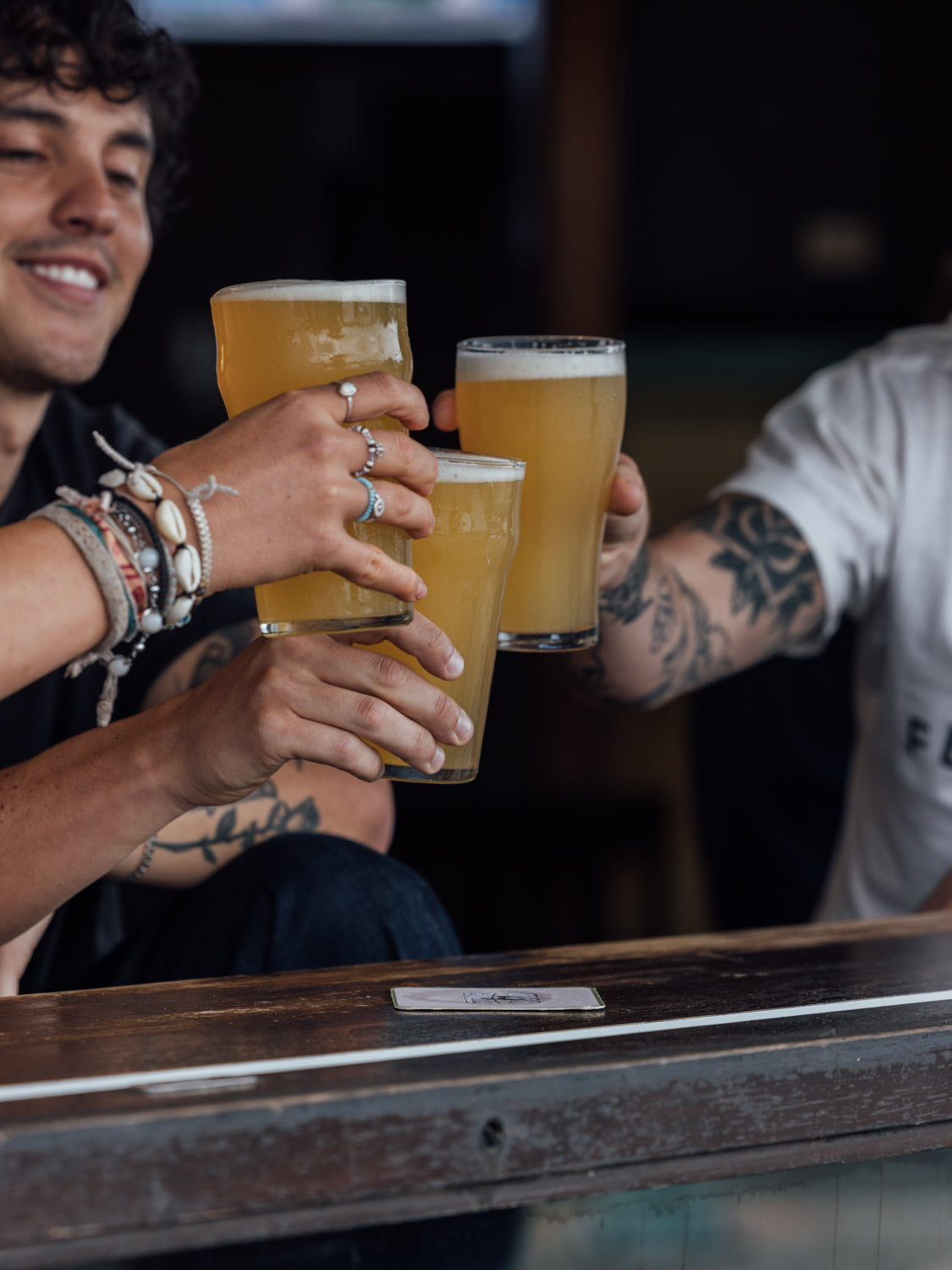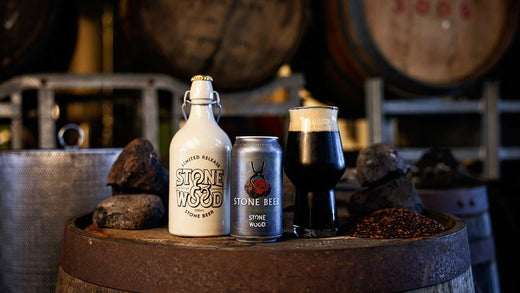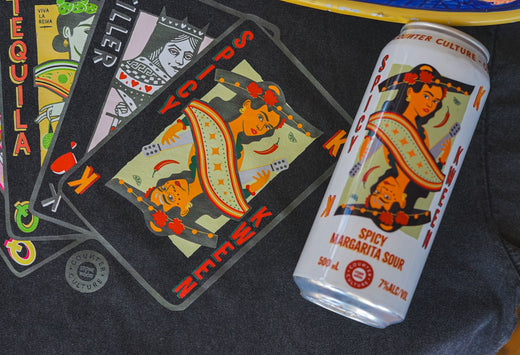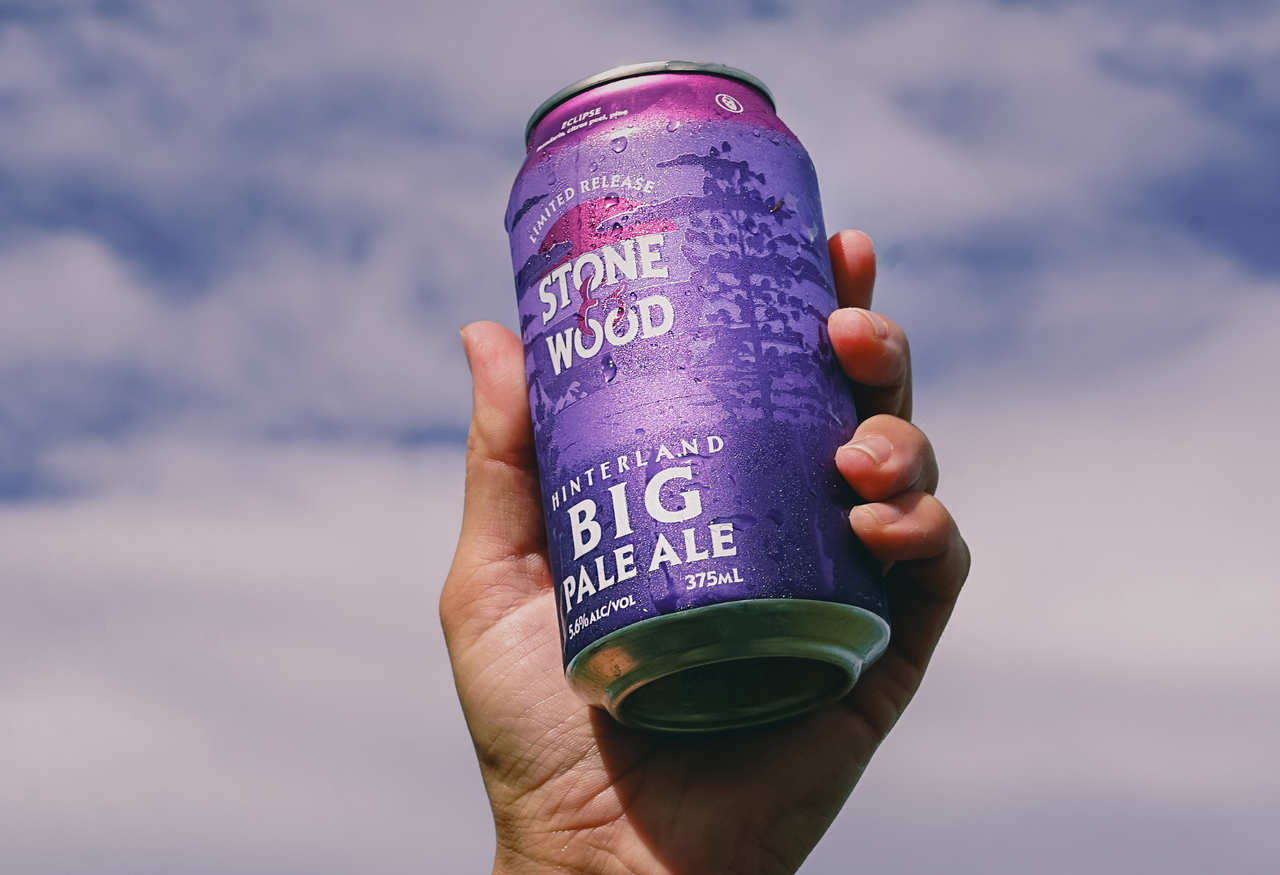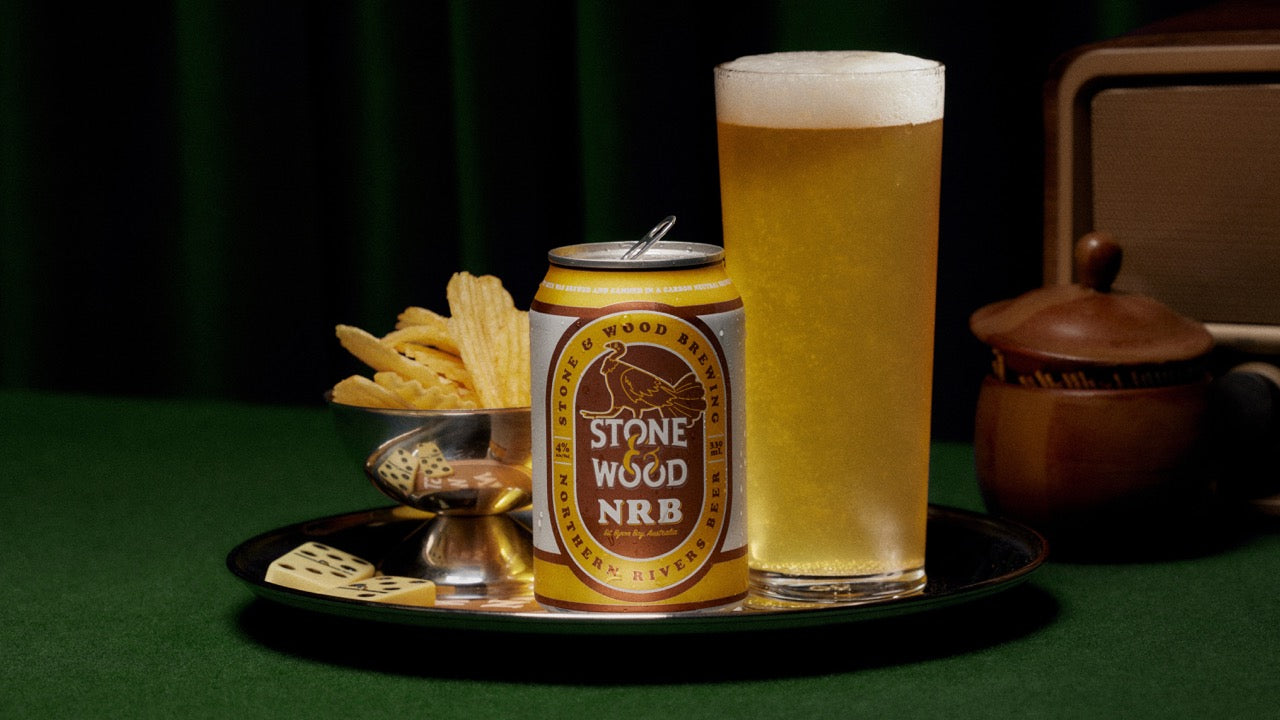What's the difference?
Yeast, marvellous yeast. Before our ancestors even knew of its existence they were depending upon its magic to bake bread and brew beer. It is these unassuming but essential single celled micro-organisms that hold the key to the difference between the two most basic categories of beer – ales and lagers.
There are over 1,500 different species, most of them flourishing happily in the environment all around us. Brewers yeasts are typically derived from two types– Saccharomyces cerevisiae (ale yeast) and Saccharomyces pastorianus (lager yeast).
These two varieties of yeast behave differently during fermentation, resulting in characteristic differences…
Ales defy the ages!
Ales are the original style of beer and have been around for thousands of years. Tests run on brewing artefacts from Ancient Mesopotamia have shown that this wee beast was present and responsible for the fermentation of kas – one of the earliest recorded incarnations of humankind’s favourite beverage.
Sometimes referred to as ‘top fermenting’, ale yeasts ferment throughout the body of the wort – that is, the rich, malty liquid which is the precursor to beer – and settle at the top as fermentation completes.
Ale yeasts ferment at between 20 – 22 degrees Celsius, considerably warmer climes than their lager counterparts prefer.
This warmer fermentation generally takes place faster, and in their fervour the yeast produce more than just alcohol and CO2, often releasing aromatic ‘esters’ which are considered typical of ales.
Lagers came later!
Lager yeast, on the other hand, is a product of man’s tinkering with beer over thousands of years. Meaning ‘to store’ in German, lagers are believed to have evolved in Bavaria in the 16th Century as a result of the colder climate and particular storing practices.
Recent evidence has emerged to suggest lager yeast is the result of traditional ale yeast interbreeding with a strain of yeast native to Patagonia. Just how that Patagonian strain made it’s way into the breweries of Europe is anyone’s guess!
Fermenting at colder temperatures (7 – 15 degrees Celsius) lager yeasts take longer to ferment than ale yeasts, release less esters, and settle at the bottom of the tank as fermentation completes.
This low and slow fermentation has a lot to do with the crisp, clean taste, and smooth, mellow mouth feel lagers are known for.
Don’t diss the lager!
Recently Lagers have gotten a bad wrap with drinkers often associating the style (and rightly so) with the ubiquitous fizzy, yellow liquid pedalled by the world’s mega breweries and served ice cold.
However, you only need to sample a few German brews such as a doppelbock, helles or marzen, to learn that lagers can be so much more.
Crisp, smooth and well-balanced with nuanced flavours, lagers deserve a space in the fridge and need to be appreciated, like brewer do, for the complex beer that it is….
Check out our two Lagers – Green Coast and Big Scrub.

